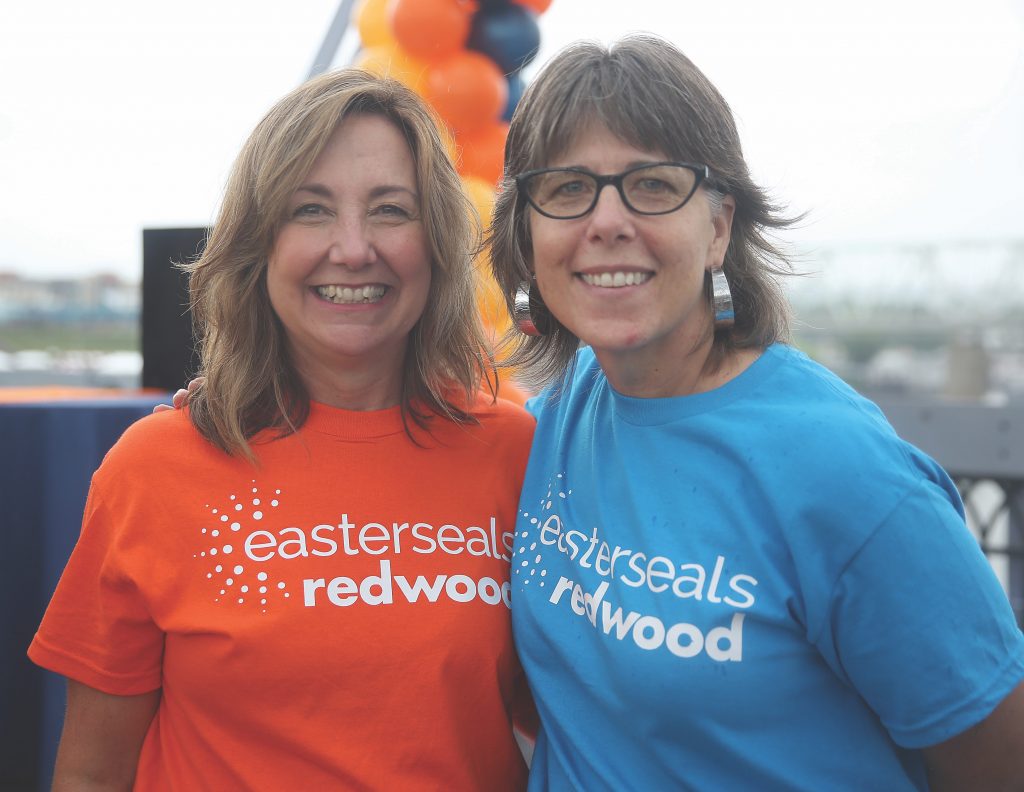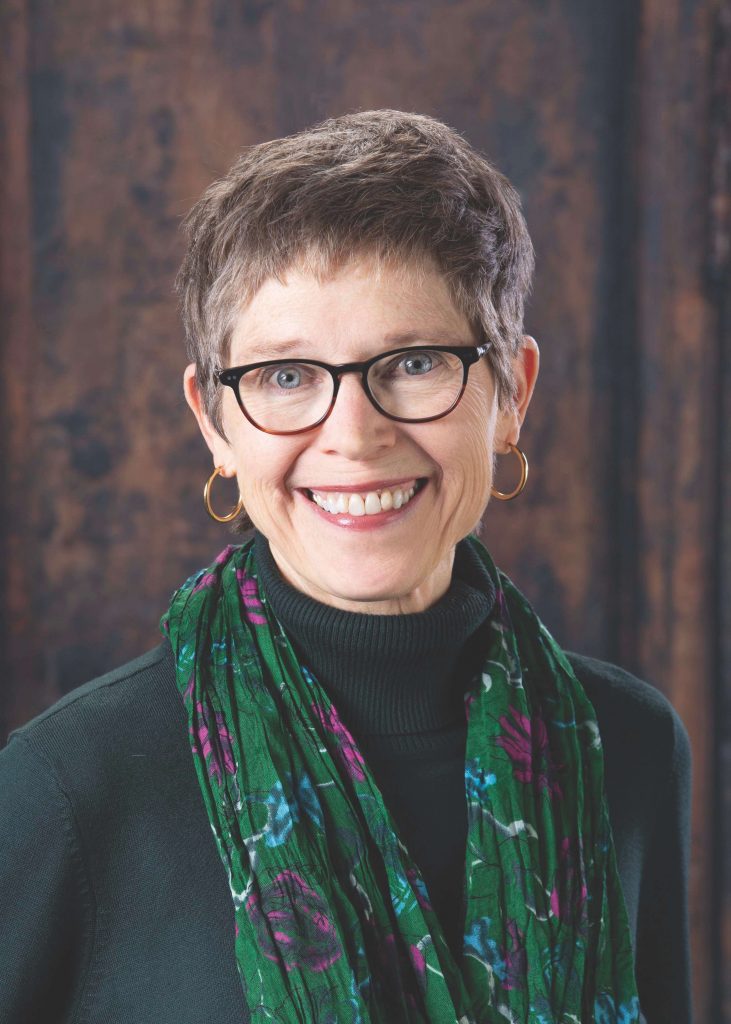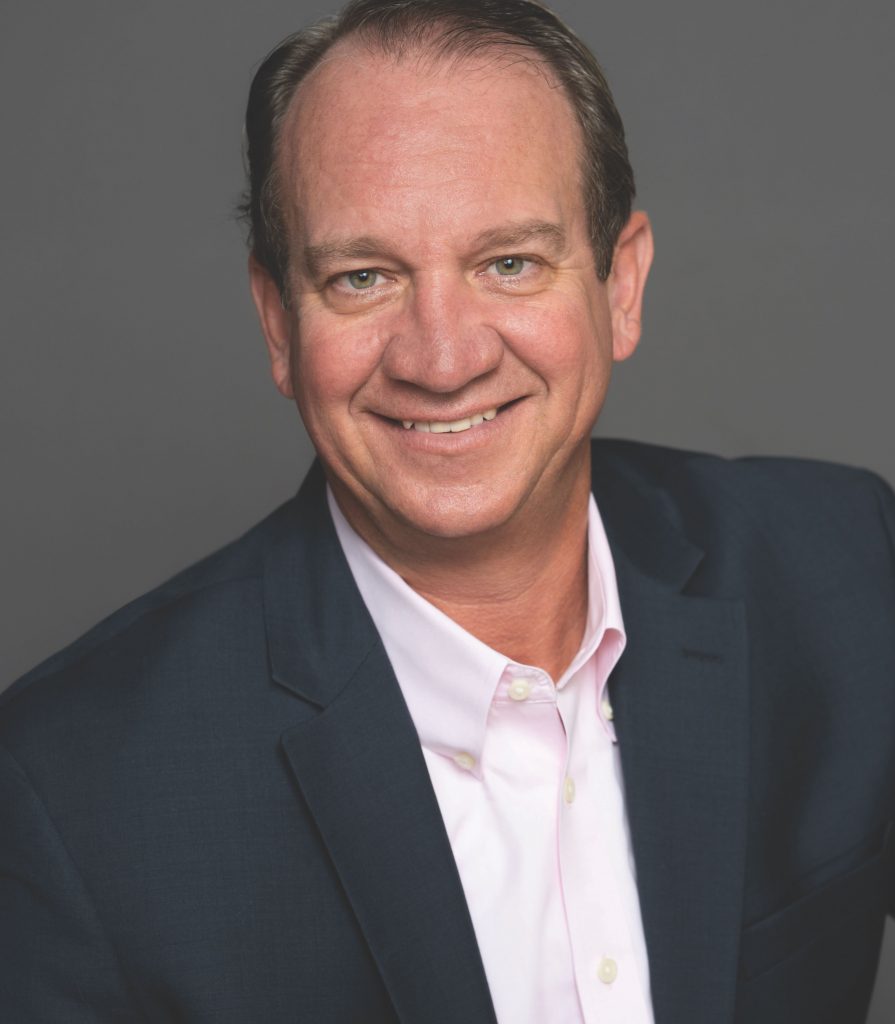Nonprofits are designed to play the long game, given their mission focus and their unique leadership and tax structure. But consolidations, mergers, and acquisitions—each have different legal implications—increasingly present opportunities for nonprofits to both maximize their bottom line and further their mission. There’s been a noticeable uptick in these types of partnerships in the sector over the past decade, including several notable local ones in the last two years.
“The economies of scale you can gain from partnering with other organizations is just a fact, and we knew that,” says John Banchy, CEO of Best Point Educational and Behavioral Health. “We realized we could do something better for our community, better for our clients, and better for our long-term sustainability if we came together.”
As CEO and president of The Children’s Home, Banchy was a key member in the merger between his organization and St. Aloysius, two of the region’s oldest nonprofits, that led to the creation of Best Point in 2021. Banchy and a colleague met with two leaders of St. Aloysius to begin discussing a potential merger some 15 months earlier for the two human services organizations, which have a combined 347 years of service history in the Cincinnati and Northern Kentucky region.
Both St. Aloysius and The Children’s Home provided mental and behavioral health services for families across the region. The former was founded in 1832, the latter in 1864. After the organizations eventually transitioned away from traditional custodial care provided by orphanages, they turned their attention to serving children in homes, schools, and communities. By joining together as Best Point, the unified organization is better equipped to expand a continuum of service, as Banchy calls it.
Before the merger with St. Aloysius, The Children’s Home had assumed management and staffing of the St. James Childhood Development Center on the West Side. St. James was integrated into CoStars by The Children’s Home, a signature program that continues to be offered under the Best Point umbrella. “Before 2022, we had added more than 200 employees through organic growth,” says Banchy. “We were growing almost exponentially, almost doubling the size of the organization, without any mergers or acquisitions, because the demand for the service was there. With that growth, we saw the need for the services—and that’s still true today. We have more than 1,000 children on a waitlist currently for mental health services.”
The question of how to best meet a growing demand for services was on Easterseals’ CEO Pam Green’s mind as well. Her organization joined with Redwood in summer 2022 to become Easterseals Redwood. Now president and CEO of the combined business, Green had another layer to consider: bridging the gap across state lines, with Easterseals based in Ohio and Redwood based in Kentucky. “We started a conversation about how we could come together to leverage those services to better complement what happens across the bridges,” says Green.
Easterseals served children and adult clientele and their families living with autism and/or other special needs. Redwood helped children and adults with disabilities through educational, vocational, and therapy services. In recent years, as with other human service-oriented organizations, for-profits have entered this specific marketplace, ratcheting up the imperative for nonprofits to operate as efficiently as possible.

“A lot of nonprofits that have provided health and human services for years were in a situation where, both from a philanthropic perspective and a government funding perspective, we don’t have a lot of unrestricted funds to invest in infrastructure,” says Green. “Managed care organizations are starting to deliver some of the same services we do, and for-profit companies have different access to capital that allows them to invest in things like technology. So can we come together in a way that accelerates growth and reduces overhead so that we’re better able to compete in a different marketplace in the future?”
Much like The Children’s Home, Easterseals and Green had also overseen another earlier, smaller merger. In 2012, six months into her tenure, she helped facilitate her organization’s merger with Jewish Vocational Services as its then-CEO, Peter Block, headed to retirement. “Peter and I set the tone really quickly that we were getting together because we respect this organization and they do things we think will make us better,” says Green. “It was the same thing with Sharon [Fusco, Redwood CEO] and me. I think organizations look to leaders, and if we’d come in and said, OK, Redwood, we’re going to do things this way now, it might have been different. But if you pick the right partner, what you want to do is say, How can we together be stronger? and not, We’re going to take you over and change everything about you. I think recognizing the expertise and valuing the expertise of our partner is what has really made this successful on both sides of the river. I think our folks see the potential and are just raring to go.”
Easterseals Redwood today employs 400 staff members to serve more than 7,000 individuals and families per year in the region. Best Point serves more than 18,000 people each year in more than 80 locations across the region, with 600 employees. For Best Point, nothing about solidifying the tangible nuts-and-bolts operation proved as difficult as the intangible: the workplace culture itself.
“That’s been one of the biggest challenges and learning opportunities, and it has been the single toughest thing we’ve done,” says Banchy. “Organizations have different cultures, we all know that. It’s not rocket science. We’re not trying to launch a satellite to triangulate the earth—we’re trying to help kids who are at risk of hurting themselves or others and give them the best opportunity to be successful in life. When we came together, there were certain people from both teams who understood that we’re going to have to bend and work together for the mission, for the community, and for the sustainability of the organization. They knew we’d all have to work together.”
Understanding the human side of a merger or acquisition, both through clients and staff, is essential for success, according to Newport-based consultant Marta Brockmeyer. She’s facilitated more than 50 such partnerships, as she calls these consolidations, many of which fall under the merger-specific category.

“Fundamentally, a nonprofit merger is not a business transaction,” says Brockmeyer. “It rests on business transactions, but it’s a combination of missions, cultures, and values for the benefit of the clients. I think many people regard it as strictly business, and I will tell you that the mergers I’ve seen in the last few years that were not successful were the ones that focused just on the financial piece and did not pay attention to the culture. The great missing focus in the nonprofit partnership exploration or integration is the lack of attention to the culture, because that’s what makes or breaks it. When the people are not the focus, this won’t succeed.”
For Easterseals Redwood, understanding and zeroing in on culture was implicit. “When you serve people with disabilities, you understand inclusion in a different way, which readily translates to multiple demographic groups because you see the challenges of isolation,” says Green. “When we came together, we both started from that position of, The world would be better if we valued the talents of all of our citizens. That part really is baked into the culture in our organization. Because Redwood worked with a lot of children and we work with a lot of adults, I would say culturally Redwood is really warm and fuzzy and Easterseals is like, OK, what do you need to do to succeed at work? It’s been interesting watching our teams come together because each really respects and values the role the other plays in the lives of folks at that particular point in their lives.”
Another organization formed as the result of a merger is the Mutual Dance Theatre and Arts Center, which began its merger process just after the pandemic kicked off in 2020. The combined product of the organizations formerly known as the Mam-Luft Dance Co. and the Contemporary Dance Theater (CDT), Mutual Arts is a rare example of a merger in the arts nonprofit sector.
“Contemporary Dance Theater approached me, our board started talking, and we were like, Yes, we do want to merge. We would be happy to do that,” says Jeanne Mam-Luft, who formed Mam-Luft Dance Co. and had been a CDT staff member several years before. “We had already been contemplating a name change and actually changed our name before the merger to Mutual Dance Theatre. So we changed our name first and then in the fall of 2021, which would have been CDT’s 50th season, we officially merged and basically Contemporary Dance Theater was merged out of existence. I know it sounds sad, but the torch is being carried on.”
Both Mam-Luft Dance Co. and CDT had focused on contemporary and modern dance, but the former had its own small company of dancers, whereas CDT, founded by dancer Jefferson James, served as a hosting vessel for other touring dance companies. Mam-Luft the company had moved from location to location, according to founder Mam-Luft, and the time came in late 2019 to put down more permanent roots. They found a building in Hartwell, and shortly thereafter she got the call from CDT.
Now Mutual Arts is headquartered at the Hartwell facility, where its resident company rehearses, and while also maintaining CDT’s location in College Hill as a hub for adult dance classes. Mutual Arts offers several educational opportunities for children, too, including summer intensive training workshops, recreational dance and art classes, and virtual opportunities, among others. “The reason for a merger is to increase our assets, our resources, and our capacity,” says Mam-Luft. “Doing the merger did all those things.”
Finding guidance through the merger process for an arts nonprofit proved challenging for Mam-Luft. While mergers in the human services sector are far more prominent—as evidenced by both Easterseals Redwood and Best Point’s own mergers—Mam-Luft struggled to find an arts-specific example. “It’s hard to find precedents, especially local precedents,” she says. “It’s hard to find people with that memory still of when things happened. Sometimes it’s hard for us in the arts nonprofit sector to find the resources we need.”
Mam-Luft reached out for assistance to ArtsWave, the local united arts fund that helps fund more than 100 arts organizations in the region, and for guidance to Cincinnati Landmark Productions (CLP), which operates Covedale Center for the Performing Arts, the Warsaw Federal Incline Theatre, and the Cincinnati Young People’s Theatre. In 2017, CLP acquired Madcap Puppets, the touring educational outfit, and created a new education and performance space in Westwood. The year before, ArtsWave absorbed Enjoy the Arts, a small, independent membership program formerly in residence at the Cincinnati Museum Center.

While it can be efficient for nonprofits to merge, especially when there are large funders with lots of ties to organizations that have similar audiences, certain historical and functional facets of the previous stand-alone organizations can become lost. Relying on a tried-and-true merger process is the best way to mitigate any potential fallout. “Difficulty can be alleviated or prevented by doing a very thorough process through the exploration phase,” says Brockmeyer. “Because if the cultural stuff, the history, and the traditions are discussed thoroughly enough, then folks know in advance what is going to occur.”
For every loss in a merger, though, there are plenty of positives. For BestPoint, that comes by way of a budget surplus, a positive harbinger for its continued fiscal health. “We’ve been at this now 11 months,” says Banchy. “We have realized a savings of more than $1 million, but we don’t pay that back to our shareholders because we don’t have shareholders. That money goes directly back into our programs and our people, into our long-term plans. Aligning our missions to have a greater impact in our community was one of the north stars I saw from my chair as we looked at, How do we do this merger? By coming together, we could have a greater impact on the community, we can negotiate with insurance payers, and we can learn from the economies of scale. Everybody has different strengths and weaknesses. We understood we were creating a position by strength by coming together.”
Green concurs, almost verbatim. “Our organizations were both in their strongest financial positions that they’d ever been in,” she says. “So it was kind of interesting that instead of saying, We need to merge because we’re in trouble, it was, We’ve got an opportunity to leverage our resources for growth. If either of us had been in financial crisis, it would have been really different. Coming at it from a position of strength was the absolute right thing for our organizations.”


